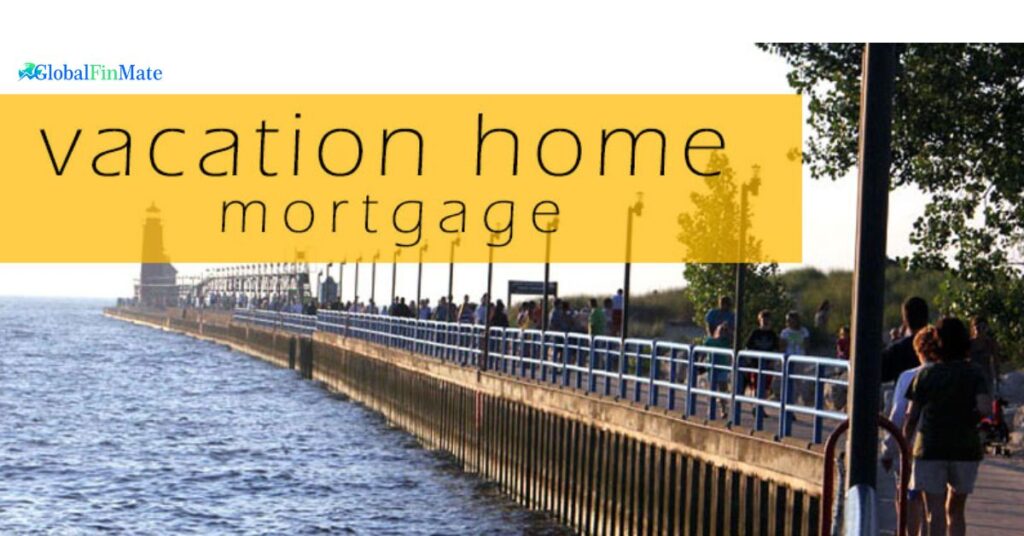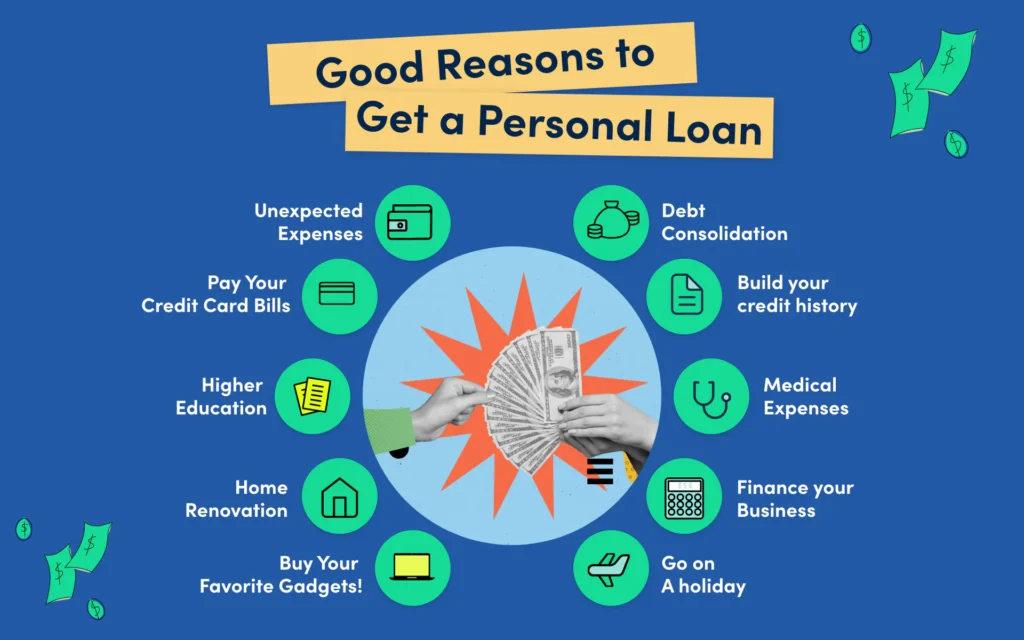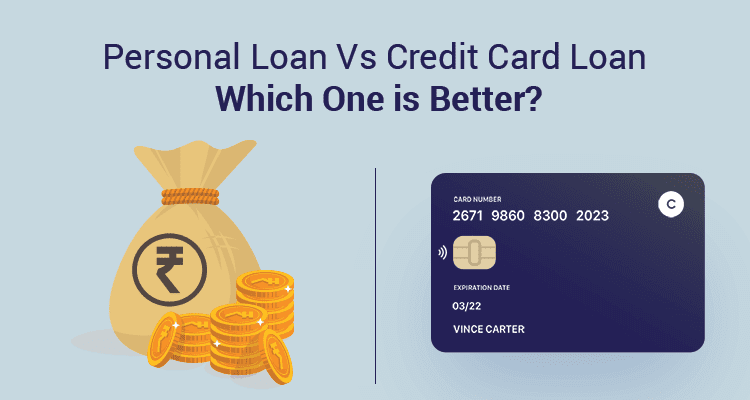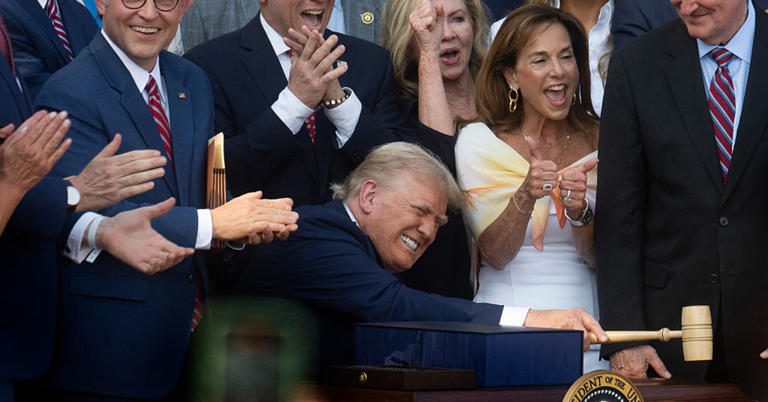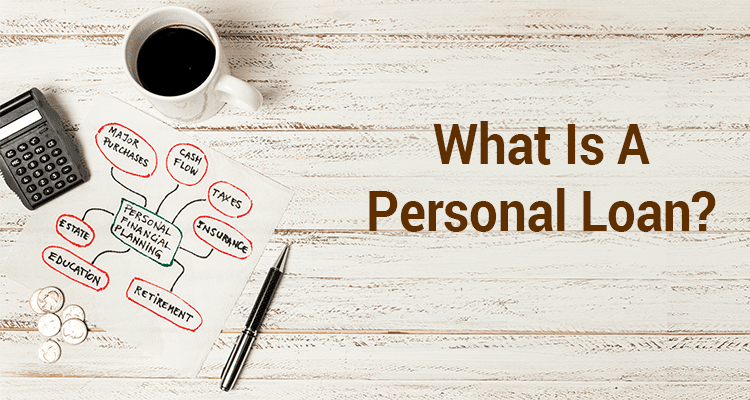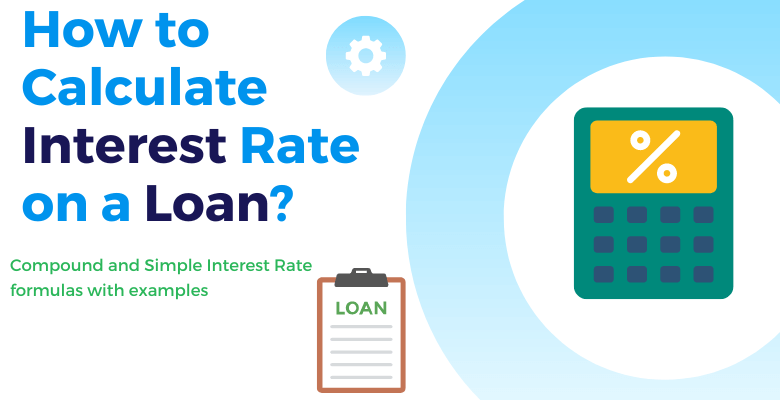Mortgage for a Vacation Home: Best Guide
As the famous naturalist John Muir once wrote, “The mountains are calling and I must go.” With summer in the rear-view and fall upon us, you may be hearing those calls, too. Maybe they’re tilting your eyes toward a cozy cabin by the mountains or a bungalow near the beach. If you’re reading this, you’ve likely been hearing those calls for quite some time, and now, you’re finally ready to heed them by purchasing a vacation home.
But once you make that decision, reality comes knocking with complicated questions like: How do you get a mortgage for a vacation home? Does that process differ from mortgages for primary residences, and if so, in what ways? In this article, we will seek to answer those questions, as well as consider some of the pros and cons of purchasing a vacation home, so you can go back to dreaming about better weather.
What is a Vacation Home Mortgage?
A vacation home mortgage, or a second home mortgage, is used to purchase a secondary home which the buyer does not intend to live in full-time and is used primarily for personal recreational purposes. It is important to note that, typically, this is not the same as a loan for an investment property, and there are also IRS requirements distinguishing between investment properties and vacation homes of which you should be aware.
For example, the IRS considers the property a second home if during the tax year, you use it for personal purposes for the greater of either 14 days or 10% of the total days you rent it to others at a fair price.
Qualifying for a Vacation Home Mortgage
Every lender will have their own distinct requirements for borrowers seeking a mortgage for a vacation home. For example, The Federal Savings Bank requires the following:
- FICO® Credit Score: Minimum 660
- Debt-to-Income Ratio (DTI): Maximum 45%, with some exceptions.
- Down Payment: Varies depending on other factors but could be between 5% to 15%.
Additionally, your lender may have restrictions on the types of properties for which they will provide second home loans. In our case, single-family homes, warrantable condos, and planned unit developments (PUDs) are eligible types of homes for a vacation home loan.
Steps to Take Before Applying
Treat this phase similar to how you treated the purchase of your primary residence. Even if terms and requirements differ in the loan, you’ll still likely follow a similar process before the vacation home mortgage.
Review Your Finances
Seeing as vacation home is a luxury, you will want to be certain that it is one you can afford. Although you may be able to generate some rental income, there’s a fair chance it won’t be enough to completely offset your costs. Some costs to keep in mind include:
- Down payment (often higher for second homes because second home mortgages are riskier for lenders)
- Vacation home mortgage payments
- Property taxes
- Insurance
- Maintenance and repairs
- Utilities
- Homeowner’s association (HOA) fees
Remember that costs like mortgage payments and property taxes could be inflated, as vacation homes are generally located in desirable, higher cost locations. So, carefully consider your finances, and measure that against your expectations for the home.
How much will you actually use it? Will you rent it out? Are you able to handle unexpected expenses in both your primary home and the vacation home?
Decide Where and What Kind of Home to Buy
Research the best location that checks your boxes. Is it important that you live near a specific beach or mountain range, or would you be satisfied with a vacation home in relatively lower cost, less heralded locations?
Also, buyers should consider what kind of home they want. Condos have different benefits and drawbacks than a single-family home. Meanwhile, other home types might not be supported by your lender.
Steps for Getting a Vacation Home Mortgage
Know that the process may vary slightly depending on your lender, but typically, you can expect some arrangement of the following steps.
Decide How to Finance the Vacation Home
We’ve discussed vacation home mortgages in this article, and that is a likely path to follow for this purchase. However, your needs may require other loan types. If your desired home is in a high cost of living area or is simply over the conforming loan limit, you may need to pursue a jumbo loan. If you are looking to build your vacation home, you may want to investigate construction lending options. Have your goals clearly in mind and talk to your lender about the best way to achieve them.
Get Preapproved for Your Vacation Home Mortgage
Once you know you’re serious about buying a vacation home, it could be wise to seek out a mortgage preapproval. This will give you more clarity into what exactly you can afford, and it will show sellers that you’re a buyer to be taken seriously.
Find a Local Real Estate Agent
Odds are, you may not be intimately familiar with the location in which you are buying. Luckily, you can probably find a real estate agent who is! Partnering with an agent who’s familiar with the area can eliminate some of the guesswork and help you find the perfect neighborhood for your vacation home.
Close on Your Vacation Home
When you’ve finally found that perfect spot on the beach or by the slopes, it’s time to close. You will, of course, first negotiate the offer with the seller and their agent. It would be smart to ensure you have a home inspection included in your contract and a final walk-through.
Assuming appraisal results come in as expected, and you’ve prepared the other important closing documents and costs, you will work with your lender on the closing paperwork. Once all of that is signed, you can pick up your keys and strap into your skis!
See You on the Beach!
Buying a vacation home can be an exciting milestone for borrowers who can truly afford it. This second home could be an escape, a new place to gather, and even a potential source of some rental income while you’re away. If you’ve made it this far, maybe you’re ready to turn that dream into a reality by getting a mortgage for a vacation home.
Once you’ve thoroughly assessed your finances and thought about where you’d like to buy, consider reaching out to a trusted lender to learn the best financing options available to you.
FAQs
1. What is the difference between a vacation home mortgage and an investment property loan?
A vacation home mortgage is meant for personal use in a secondary home you do not live in full-time. An investment property loan, on the other hand, is for homes purchased primarily to generate rental income. The IRS and lenders have different rules for distinguishing the two.
2. What credit score do I need to qualify for a vacation home mortgage?
Most lenders require a minimum FICO® credit score of 660 or higher, though stricter lenders may require better scores for favorable terms.
3. How much down payment is required for a vacation home mortgage?
Down payments typically range from 5% to 15%, depending on your credit profile, debt-to-income ratio, and the lender’s policies.
4. Can I rent out my vacation home to cover mortgage costs?
Yes, you may rent out your vacation home, but the IRS requires you to use it personally for at least 14 days or 10% of the days it’s rented at fair value to qualify as a second home. Otherwise, it may be classified as an investment property.
5. What expenses should I budget for when buying a vacation home?
Beyond the mortgage, you’ll need to plan for property taxes, insurance, maintenance, HOA fees, utilities, and unexpected repairs. Costs can be higher than a primary residence due to desirable locations.
6. Do lenders finance all types of vacation homes?
No. Most lenders will finance single-family homes, warrantable condos, and planned unit developments (PUDs). Unusual properties like tiny homes, houseboats, or non-warrantable condos may not qualify.
7. Do I need mortgage insurance for a vacation home loan?
If your down payment is less than 20%, you may be required to pay private mortgage insurance (PMI), though requirements vary by lender.
8. Can I use a jumbo loan to finance a vacation home?
Yes. If the property price exceeds conforming loan limits in your area, a jumbo loan may be necessary. Keep in mind these usually require stronger credit and larger down payments.
9. How do I increase my chances of qualifying for a vacation home mortgage?
Improving your credit score, lowering your debt-to-income ratio, saving for a larger down payment, and showing stable income will improve your chances of approval.
10. Is buying a vacation home a good investment?
It depends on your financial situation and goals. While a vacation home can provide personal enjoyment and potential rental income, it also comes with additional costs and risks. Careful financial planning is crucial.
Conclusion
Purchasing a vacation home is both an exciting and significant financial decision. While the process of getting a vacation home mortgage is similar to that of your primary residence, it comes with its own set of requirements, higher down payments, and additional costs to consider. By carefully reviewing your finances, understanding lender expectations, and working with a trusted real estate agent, you can make the process smoother and more rewarding.
If done thoughtfully, a vacation home can become more than just a property—it can be your retreat, a place for family memories, and even a source of occasional rental income. With the right financial planning and guidance, you can confidently take the next step toward making your dream vacation home a reality.

